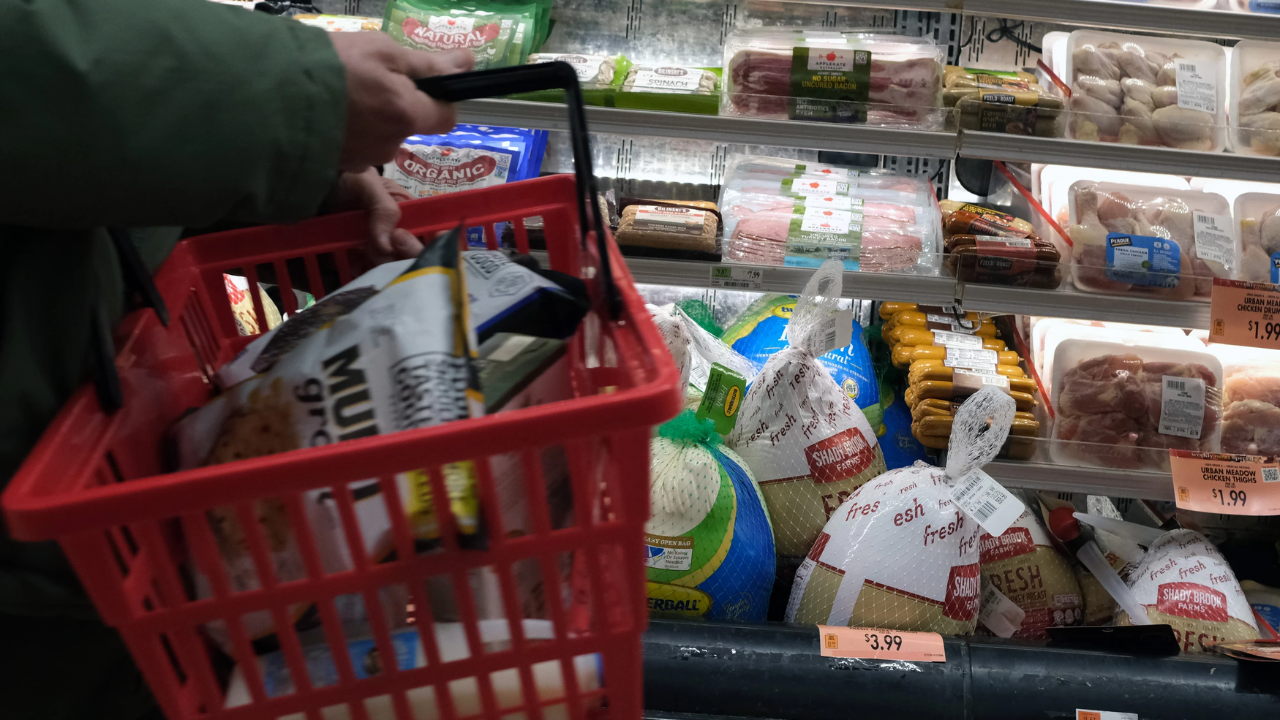Grocery prices in Maine went up by nearly 5% in May 2025, according to the latest data from the Maine Monitor.
This rise is making it harder for many families to manage their daily expenses, especially when it comes to buying everyday food items like meat, dairy, and fruits.
The state’s Consumer Price Index shows that the cost of groceries in Maine rose by 4.9% in May. This marks the biggest monthly increase since early 2023.
This jump is happening while inflation in many other parts of the country has started to slow down. However, in Maine, food prices seem to be going in the opposite direction.
Meat, poultry, fish, and eggs saw one of the steepest price increases last month. These items are essential in most households, and the rising cost means people are now thinking twice before buying them. Many are cutting back on protein-rich items or looking for cheaper alternatives.
Dairy products also became more expensive. Items like milk, cheese, and butter saw a noticeable price rise. For families with children or those who depend on dairy for nutrition, this increase is especially troubling.
Even fruits and vegetables, which are considered healthy and necessary, have become costlier. In particular, fruits had a higher price hike than vegetables in May, adding to the growing burden on shoppers.
Some experts believe that a mix of factors is responsible for the rising grocery prices in Maine. These include continued supply chain issues, higher transportation costs, and weather-related challenges affecting food production and delivery. Additionally, global tensions and trade conditions are still impacting the availability and cost of certain food items in the U.S.
Another issue is that Maine, being a largely rural state, depends heavily on importing food from outside. This means food often travels long distances before it reaches stores in smaller towns and cities. The longer the supply chain, the more chances for prices to go up due to fuel and logistics.
Many shoppers across Maine have already started to feel the pinch. People are switching to store brands, using coupons more often, and buying in bulk to save money. Some families are reducing the frequency of their grocery trips, trying to stretch what they have for longer periods.
Local food banks have also noticed an increase in demand. With groceries getting more expensive, more people are turning to community services for help. The Good Shepherd Food Bank, which supports many food pantries across the state, said it’s seen more families asking for support in the last few months.
Restaurant owners in Maine are also facing challenges. With the cost of ingredients going up, many eateries are struggling to keep their menus affordable without cutting corners on quality. Some have been forced to raise menu prices, while others are trimming their offerings to manage expenses.
Despite these challenges, there is still hope that prices will stabilize in the coming months. Some economists believe that if the global supply chain issues continue to ease and fuel prices stay steady, grocery prices could level out by the end of the year.
In the meantime, Maine families are urged to plan their grocery trips carefully. Financial experts recommend shopping with a list, avoiding impulse buys, and checking weekly deals. Apps and websites that compare local prices can also help shoppers find the best deals in their area.
To sum it up, while a 5% rise in grocery prices may not seem like much at first glance, it has a real impact on families already trying to stretch their budget.
With no clear sign of immediate relief, the cost of food will likely remain a major concern for households across Maine throughout the rest of 2025.






